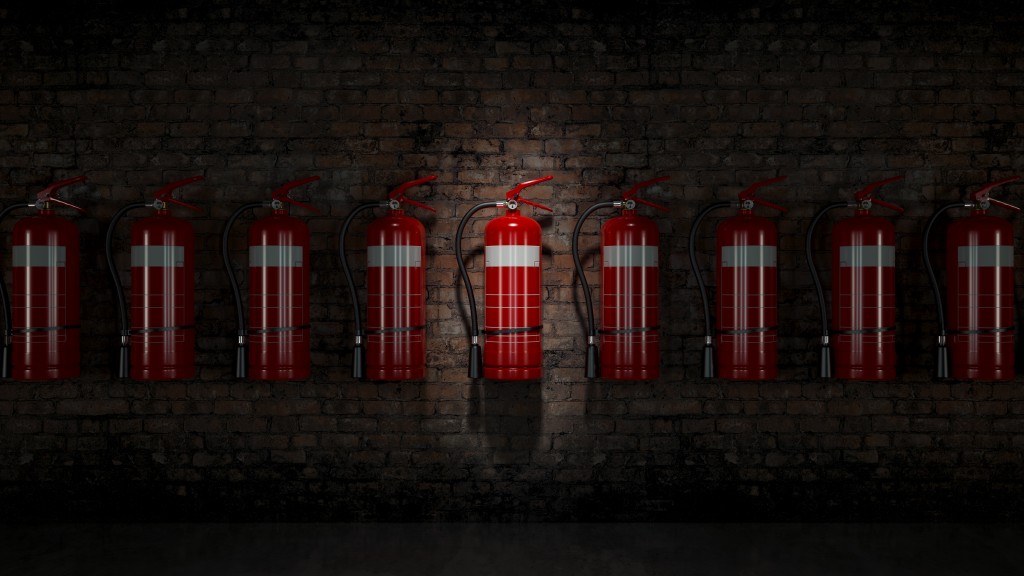In the case of a fire, a fire extinguisher can be an indispensable piece of equipment. They have the potential to not only preserve a house but also to save lives and reduce harm.
Author: aiims
Holiday Fire Safety Tips
Families are occupied wrapping gifts, adorning the home, and enjoying their time together over Christmas. Unfortunately, this is the time of year when individuals are most likely to forget a crucial topic: fire safety.
Top Tips for Fire Safety
Surprisingly for many, the vitality of fire safety becomes noticeable only after a catastrophe, when it’s too late. Most households fail to understand the gravity of home fires and their homes lack proper safety measures. After all, it’s easy to get into the “it won’t happen to me” mindset. It takes seconds for a cooking accident or a fireplace to endanger families and ruin lives.
What are 5 fire safety rules?
When it comes to building planning and construction, you cannot possibly overlook fire safety. However, unless you know these measures, you might accidentally dodge these norms. While fire protection services are available in your city, it makes sense to seek professional support for installing and maintaining the fire-safety equipment.
Fire Safety At Home During COVID 19

The COVID-19 pandemic has altered our lives in more ways than one. It has changed the way we socialise, move around as well as work. Over the past few months, the new normal is all about working from home. With many schools closed, children are also increasingly at home.
Aspects To Consider Regarding Commercial Property Fire Designs The Factors
Fire designs can be lifesavers for your property. You can have the right fire protection systems in place for a relatively easy price if you plan it right.
Things You Need To Do During a Fire
Raise the Alarm for everyone — After you’ve discovered fire, you need to act quickly and raise the alarm immediately, no matter how small or big the fire is—remember that fire can develop very quickly. Then, you need to ensure everybody in the house knows about the fire. You can shout and get everyone together.
Fire Safety in Shopping Centres: Things to Be Concerned
Shopping centres have the effect of general fire protection in communal aspects surrounding. This can include service yards. However, most will pass the obligation for the shop area into the shop owners/occupiers. This can include storerooms from the shops. Normally, once you go into the confines regarding the individual shops the duty passes through the shopping centre into the individual shop. This can form section of your lease and you will certainly be in charge of ensuring compliance.
What Fire Protection Equipment Should We Have In the Office?

It is crucial for every commercial property to have fire safety equipment that meets the requirements of the law. Every business owner should understand their obligations to ensure their client’s safety. Business owners can get educated on fire safety with this information and can keep all necessary fire equipment ready in case of a breakout.
How Many Fire Extinguishers Should We Have In an Office?

Fire breakouts are extremely hazardous. This is why fire extinguishers are placed in office buildings to ensure employees are equipped to deal with such situations. All extinguishers have to be strategically placed throughout the building to increase safety.
